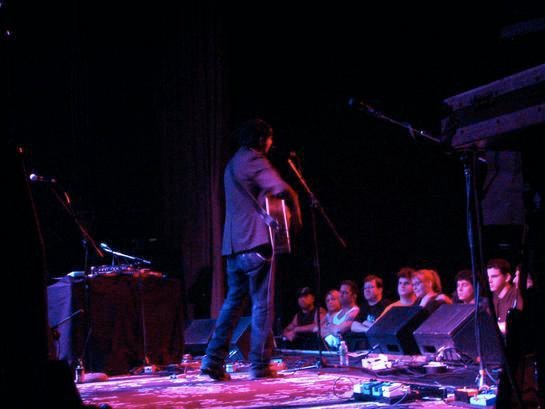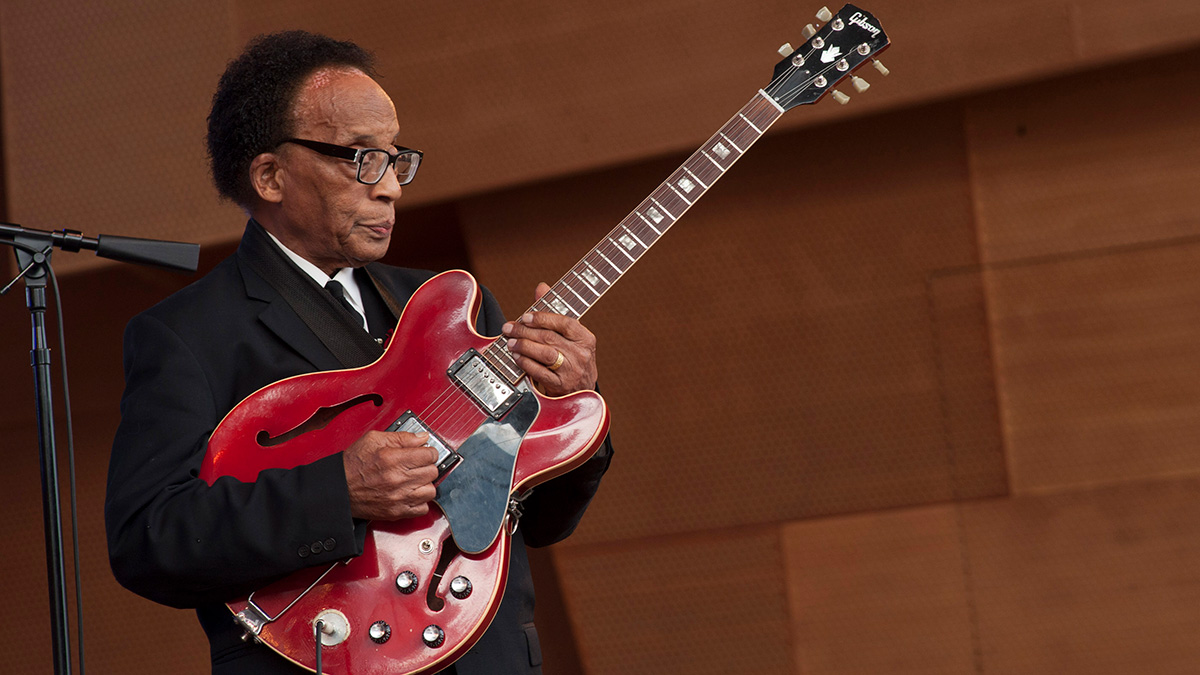In The Loop: An Introduction to Looping

I think many of us have been there before. Whether you’re playing a solo gig or with your band, sometimes you wish you could just clone yourself. The art of looping might just be your solution.
A loop pedal records a musical passage and then repeatedly plays it back on a loop. Once it is played back, most loop pedals allow for overdubbing new passages over the first one. Most loopers also can change the tempo as well as the direction (i.e. reverse) of the playback loop. This leaves a limitless blank canvas for creating different harmonic soundscapes and rhythms. Also not to be overlooked is the trusty "Undo" button to erase your mistakes.
Why would you want to loop? There are endless applications and situations for guitar players to benefit from looping.
Practicing guitar solo technique. Since a looper basically works as a kind of recording and playback device, you can use it to jam out over chord progressions. Record your first pass playing your chord progression. When you play the progression back, you can practice soloing or any other guitar techniques over it. You can also loop riffs to figure out perfect harmonies to play.
Songwriting. The above technique is also a great help while writing songs. There’s no better way to flesh out a melody than repetition. Looping gives you an infinite amount of time to perfect your parts. It's also great for lyric writing.
Rhythm. The art of looping lies heavily on rhythm. The first passage needs to be recorded within the correct time to work properly (some loopers quantize for you). It will force you to have a better sense of time and rhythm. Though it may be daunting at first, if you can count to 4 you can learn to loop. Once you lay down a chord progression or percussive track, you can try out different rhythmic guitar patterns over it and experiment to see how they fit.
Performance. During my solo performances I often use a loop pedal to recreate the feeling of a live band. Most times I will use the first passage to set up a percussive loop made by either palm muting strings or hitting the guitar. Next I’ll add either a basic melody riff or possibly a bass line. Once those are played back I begin playing live along with them or building the melody even further with the loop pedal.
Get The Pick Newsletter
All the latest guitar news, interviews, lessons, reviews, deals and more, direct to your inbox!
Jeff Klein is a critically acclaimed songwriter and guitar player who has toured and/or recorded with artists such as Gutter Twins, Twilight Singers, Ani Difranco, The Honorary Title, Stars of Track and Field, Ed Harcourt, Statistics and others. His band, My Jerusalem, are about to release their sophomore album on The End Records and are touring America and Europe heavily. Music, tour dates and info can be found at thisismyjerusalem.com.
"Upgrading from your entry-level acoustic opens the door to an entirely new world of tonewoods, body shapes, and brands": 6 signs it's time to upgrade from your first acoustic guitar
"I'm past my prime": 5 common excuses for not learning the guitar – and 5 body and mind-boosting reasons you should










